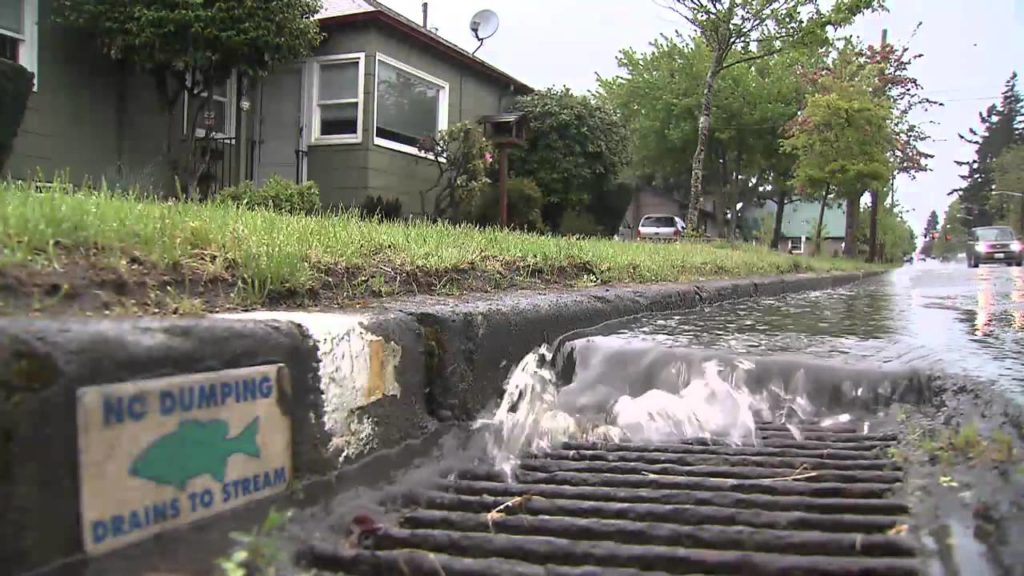Stormwater Runnoff
by Craig Robinson, a student at the University of Pittsburgh
- Stormwater Runoff is the number one threat to water quality according to the United States Environmental Protection Agency (EPA).
- Stormwater Runoff is rainfall that lands on an impervious surface, such as concrete or asphalt; this rainfall eventually makes its way through the sewage system into a nearby body of water.
- Stormwater Runoff endangers public health and the environment because it can carry contaminants picked up from the ground – including waste, oils, fertilizer, pesticides, and viruses – which also flow into oceans, streams, and lakes.
- Prior to the development of cities, rain would fall on permeable surfaces, such as forests.
- A permeable surface can naturally absorb rainwater into the ground. This filters out pollutants and promotes plant growth.
- Permeable surfaces have been paved over by concrete and asphalt, which are incapable of absorbing rainwater. In Hoboken, New Jersey, 57% of impervious areas are found in rooftops: a total of 45% of the city’s area.

Image from Clark County Washington
